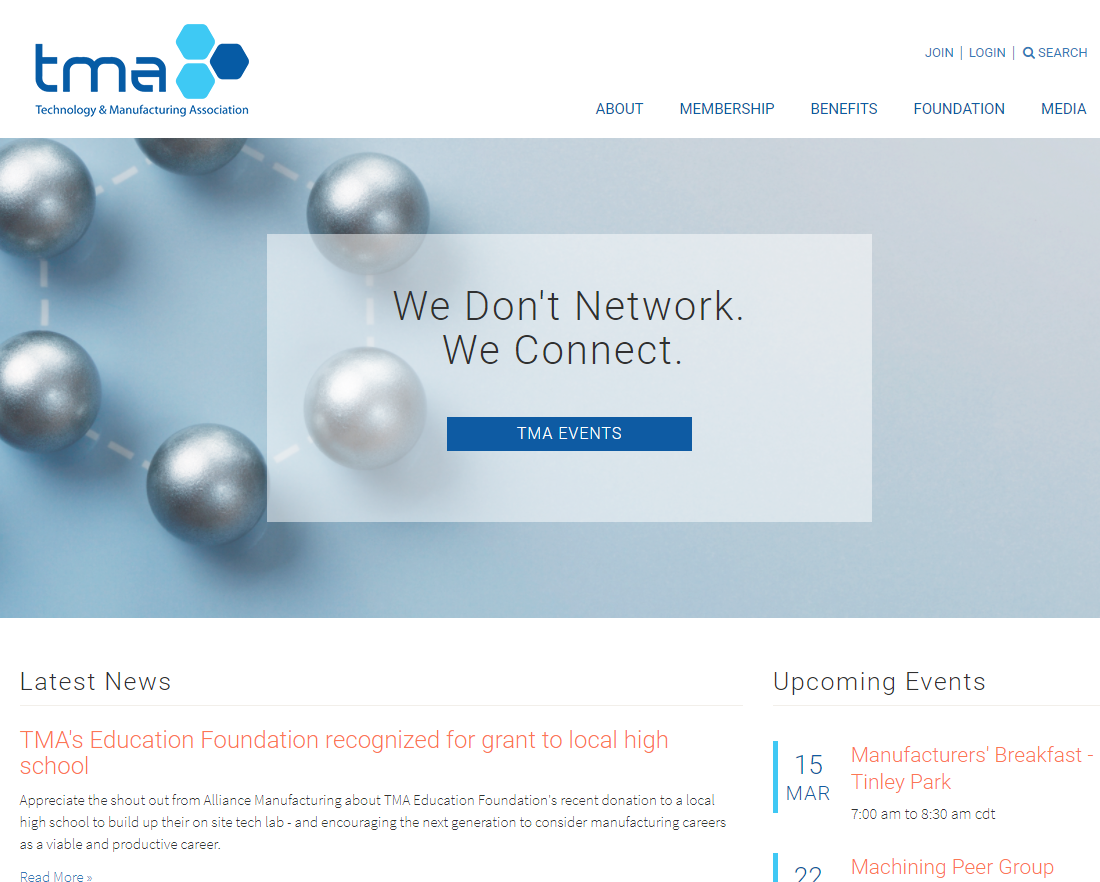Are You Ready? Renewed Manufacturing Optimism Means More Workforce Training
Share

Optimism among U.S. manufacturers is high once again, and with that positive outlook is anticipation of more work and more business – every company owner’s dream. But along with that good news is the sobering realization that finding qualified workers to meet those demands won’t be easy, an industry report issued in July said.
All that really isn’t news for anyone who has been in manufacturing for ten years or more. While a struggling national economy brings on one set of challenges, a prosperous economy brings another.
Among the 250 companies with between 50 and 250 employees that responded to Naperville-based Sikich LLP’s third annual manufacturer survey, almost 80 percent said they are more optimistic about the U.S. economy.
The study indicates almost 70 percent of those answering said they expected to hire more employees in 2017. That need for more skilled workers to fulfill the demands of a reviving U.S. economy has made workforce challenges manufacturers’ top priority. It’s so important that nearly 60 percent point to a lack of qualified workers as a barrier to business growth.
That’s serious. Unemployment is reaching an all-time low. And the lack of available hires with needed skills could prevent companies from taking full advantage of the current upswing in the economy? How can that be?
Study says manufacturers aren’t doing enough to train workers
“The use of advanced technologies across manufacturing operations requires workers with a higher level of training and skills,” said Jerry Murphy, partner-in-charge of Sikich’s manufacturing and distribution practice.
“Our report found that while manufacturers recognize the gaps in workforce development, many simply are not doing enough to train and equip workers to thrive in today’s increasingly complex manufacturing operations.”
Indeed, more than half of respondents said their companies have no involvement with high schools, community colleges or universities to develop skilled workers. And more than 80 percent said they provide 40 hours or less of annual training per employee.
“Manufacturers must prioritize workforce training and development within their organizations and collaborate with schools and professional associations to train and recruit talent,” said Joy Duce, partner-in-charge of Sikich’s human resource consulting services practice. “The companies that embrace workforce development as a key initiative will be in a better position to ensure long-term viability and competitiveness.”
Technology & Manufacturing Association in Schaumburg IL offers needed workforce training
The “gold standard” of the very kind of workforce training and development manufacturers demand is exactly what the Technology & Manufacturing Association has been offering its members for decades.
While training is one of TMA’s most-tapped and most recommended membership benefits, not everyone eligible is taking full advantage of the high quality, accessible courses TMA offers. Instructor-led courses are offered at the TMA headquarters in Schaumburg and easily accessible training is available online.
Fall classes led by TMA instructors in Related Theory will begin again in September. Hands-on training on high-tech machinery is available for employees of TMA members, along with a design school, safety and technical training, as well as the TMA Leadership Institute.
Online training includes courses on manufacturing processes and materials, quality, manufacturing fundamentals, lean manufacturing, engineering and automation, MSSC Certification, and NIM CNC Operation training. The Tooling U Occupational Package and new hire training is also available online.
TMA’s Vice-President of Education & Training Patrick Osborne is focused on keeping a step ahead of TMA members’ training needs. TMA is in the process of developing its high-tech center for computer-related courses.
“The timing was right for 3D Die Design, so we offered that course this spring. We added a couple of classes, took away a couple,” leaving about 130 students involved in training last year, Osborne said.
Nearly 40 graduated from TMA’s three-year Related Theory program in May. High schools are ramping up their training in metal skills, he said. In this year’s Precision Machining Competition, the number of participating high schools skyrocketed from nine to 19, bringing in projects from 300 participants.
“The interest in manufacturing training is growing. At the high school level, metal programs are gaining attention again. We’re involved in equipping those programs as much we can,” Osborne said. “At the workforce training level, we’re also seeing a growth in interest.”
Manufacturing optimism calls for attention to workforce training
All of the renewed energy Osborne has seen in TMA training is tied back to manufacturers’ positive outlook nationwide as they adapt once again to a growing economy after nearly a decade of stagnant or negative growth.
But there’s a caution with the industry’s good news: “The optimism manufacturers feel in today’s economy is warranted, but our report showcases several areas of vulnerability,” Sikich’s Murphy said.
“From workforce development to technology to financial planning, manufacturers cannot afford to grow complacent in an increasingly competitive marketplace. The companies that stay ahead of industry trends and seek constant improvement will be the ones well-positioned to innovate and grow.”
TMA stands ready to assist members in upgrading their workforce’s skills.
To learn more about TMA’s training courses, check out TMA’s website www.tmaillinois.org or email education@tmaillinois.org for a current course catalogue.
Used by permission from TMA’s August 2017 News Bulletin


